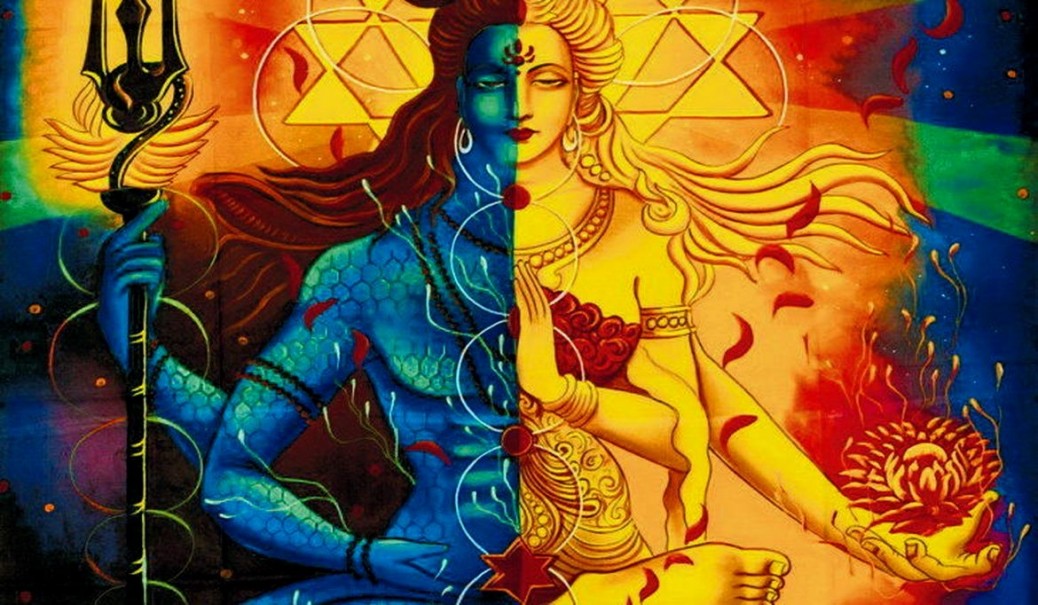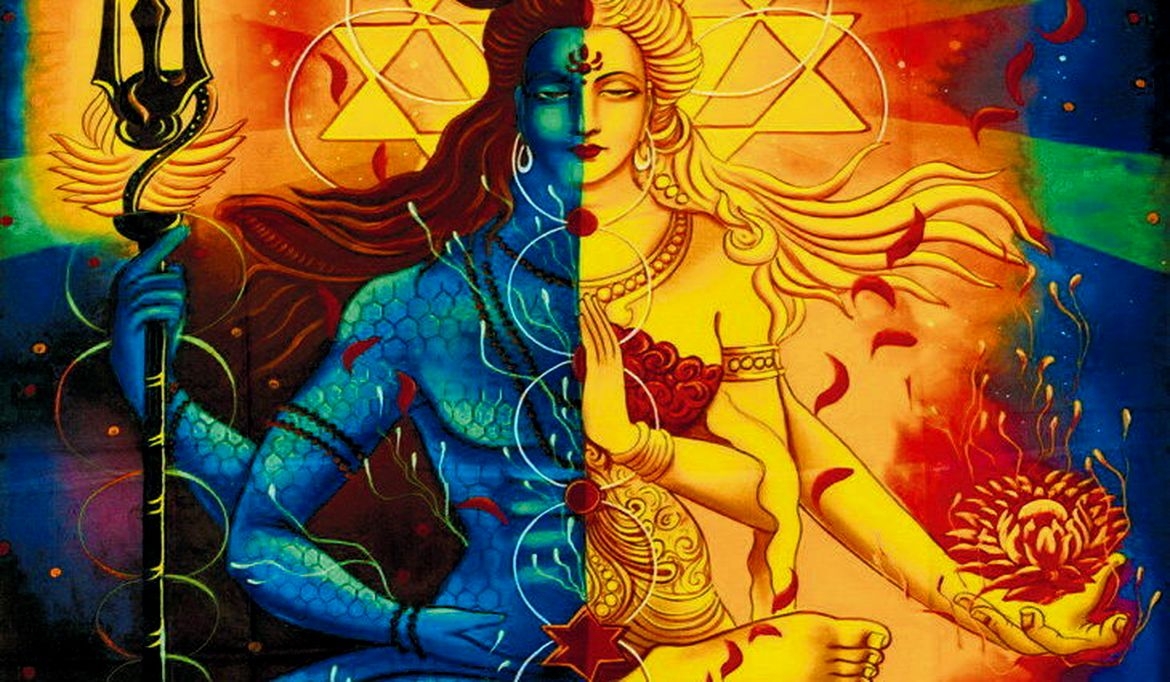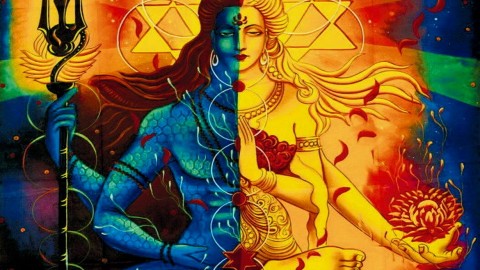VBT – Meditation 56.5
Worth Knowing It
This is what the Upanishads are in search of. One after another everything is eliminated, just as one would remove layer after layer of an onion. If you go on peeling an onion, finally nothing will be left of it in your hand. An onion is nothing but layers upon layers of skin – clothing over clothing – and there is nothing to be found if you go on undressing it. It is as if someone may have made a cloth-doll and we remove the clothes one by one. The first layer is removed, the second layer is revealed; the second layer removed, the third layer is revealed; and so on, until all layers of clothes have finally been removed – and there remains no doll any more, just a nothingness in your hand.
So the biggest search of man is to find out if he too is nothing but an accumulation of many, many layers that we can go on peeling off and in the end there is nothing in our hand. If we go on denying and saying, “I am not the body,” “I am not the mind,” “I am not this,” “I am not that,” it may turn out to be the story of the onion and in the end nothing may remain of which one may say that “This is me.”
But the Upanishads say that even if it is so, yet it is necessary to know the truth; even if it is true that there is nothing within, yet it is worth knowing it, because the outcome of knowing the truth is very significant. But on searching deeply, however, it is found in the end that no, man is not just an accumulation of clothing, man is not just layers upon layers upon layers, there is something within the layers which is different. But we only come to know of that when by removing all the layers we arrive within ourselves. That element which remains in the end is called by the Upanishads sakshi, the witness.
This word sakshi is very beautiful and very valuable. The whole philosophy, genius and wisdom of the East is implied in this small word. The East has contributed no other more important word than sakshi, the witness, to the world.
What does sakshi mean? Sakshi means the seer, the witness. Who is this who is experiencing that “I am not the body?” Who is this who is experiencing that “I am not the mind?” Who is this who goes on denying that “I am not this, I am not this?” There is an element of seeing, of watching, of the watcher within us which sees, which observes everything.
This seer is the sakshi, the witness. What is seen is the world. The one who is seeing is who I am, and what is being seen is the world. Adhyas, the illusion, means that the one who is seeing misunderstands himself to be all that is seen. This is an illusion.
There is a diamond in my hand: I am seeing it. If I start saying that I am the diamond that is an illusion. This illusion has to be broken and one has to come, finally, to that pure element which is always the seer and is never seen. This is a little difficult. The one who is the seer can never be seen, because by whom will it be seen? You can see everything in the world except yourself. How will you see yourself? – Because two will be needed for seeing, one who sees and the other who is seen. We can grab everything with a pair of tongs except the tongs themselves. That effort will fail. We may find it puzzling that when the tongs grab everything, why can they not grab themselves?
We see everything, but we are not able to see ourselves. And we will never be able to. Whatsoever you can see, know well that that is not you. Thus take one thing to be certain, that whatsoever you are able to see is not you. If you are able to see God, then one thing has become certain, that you are not God. If you have seen light within you, one thing is conclusive, that you are not light. If you have an experience of bliss within you, one thing is determined, that you are not bliss. Whatsoever has been experienced, you are not that. You are that – which experiences.
Tags: Worth Knowing It





